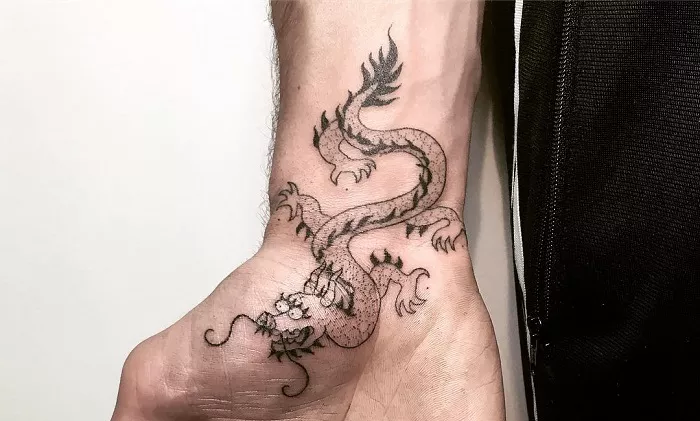The global tattoo removal market is undergoing rapid expansion, with projections indicating a surge from $0.5 billion in 2023 to $4.0 billion by 2035, according to a new report by Allied Market Research. The study, titled “Tattoo Removal Market by Procedures and End User: Global Opportunity Analysis and Industry Forecast, 2024–2035,” forecasts a robust compound annual growth rate (CAGR) of 19.1% over the period.
Key Market Insights
Laser Procedures Lead: Among available techniques, laser-based tattoo removal was the dominant segment in 2023 and is expected to continue its lead, posting the fastest growth through 2035.
Dermatology Clinics in Focus: Clinics, particularly dermatology practices, accounted for the highest market share in 2023 and are projected to grow at the fastest rate among all end-user categories.
Asia-Pacific Drives Demand: The Asia-Pacific region generated the highest revenue in 2023 and is forecast to maintain the highest CAGR during the forecast period, driven by growing aesthetic awareness and increased access to cosmetic services.
Market Drivers and Challenges
The expansion of the tattoo removal market is fueled by technological advancements in laser systems and the entry of key players such as Soliton, Inc., Candela Corporation, Fotona, and Lumenis Ltd. These innovations are making treatments safer, faster, and more effective, contributing to broader adoption.
However, high procedural costs remain a significant barrier to widespread access, particularly in lower-income regions. Despite this, the global healthcare industry’s continued investment in dermatological services is expected to open new growth avenues.
Understanding Tattoo Removal
Tattoo removal is a cosmetic procedure that eliminates or fades existing tattoos through methods such as laser therapy, intense pulsed light (IPL), or surgery. The treatment works by breaking down tattoo ink particles in the skin, which are then gradually cleared by the body’s natural processes.
The procedure’s effectiveness depends on various factors, including ink color, tattoo size and depth, and skin type. As a result, patients often require multiple sessions over an extended period to achieve desired outcomes.
Industry Outlook
As social and professional norms evolve, demand for tattoo removal services continues to rise. From addressing personal regrets to meeting workplace appearance standards, individuals are increasingly turning to customizable removal options for both aesthetic and practical reasons.
With ongoing technological advancements and expanding global access to cosmetic treatments, the tattoo removal market is poised to remain a fast-growing segment within the broader medical aesthetics industry.
Related topics:

